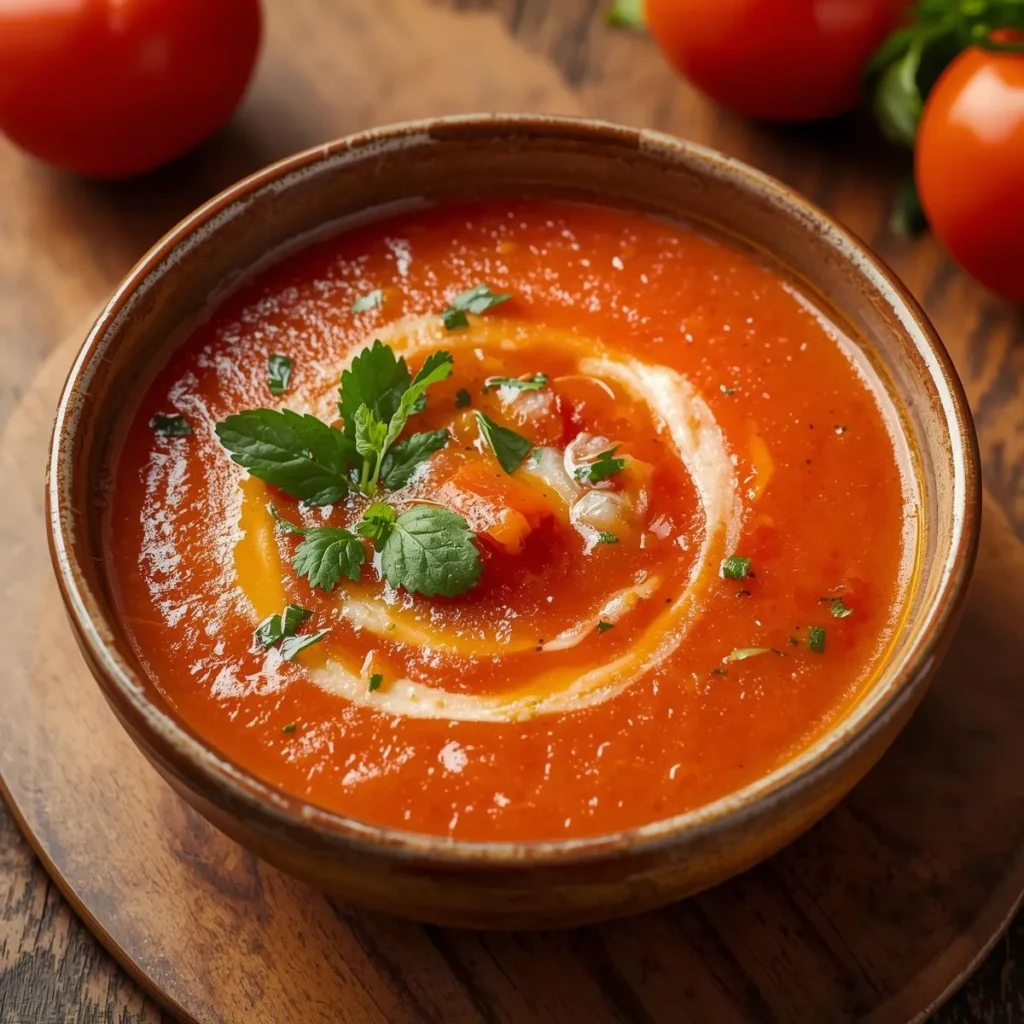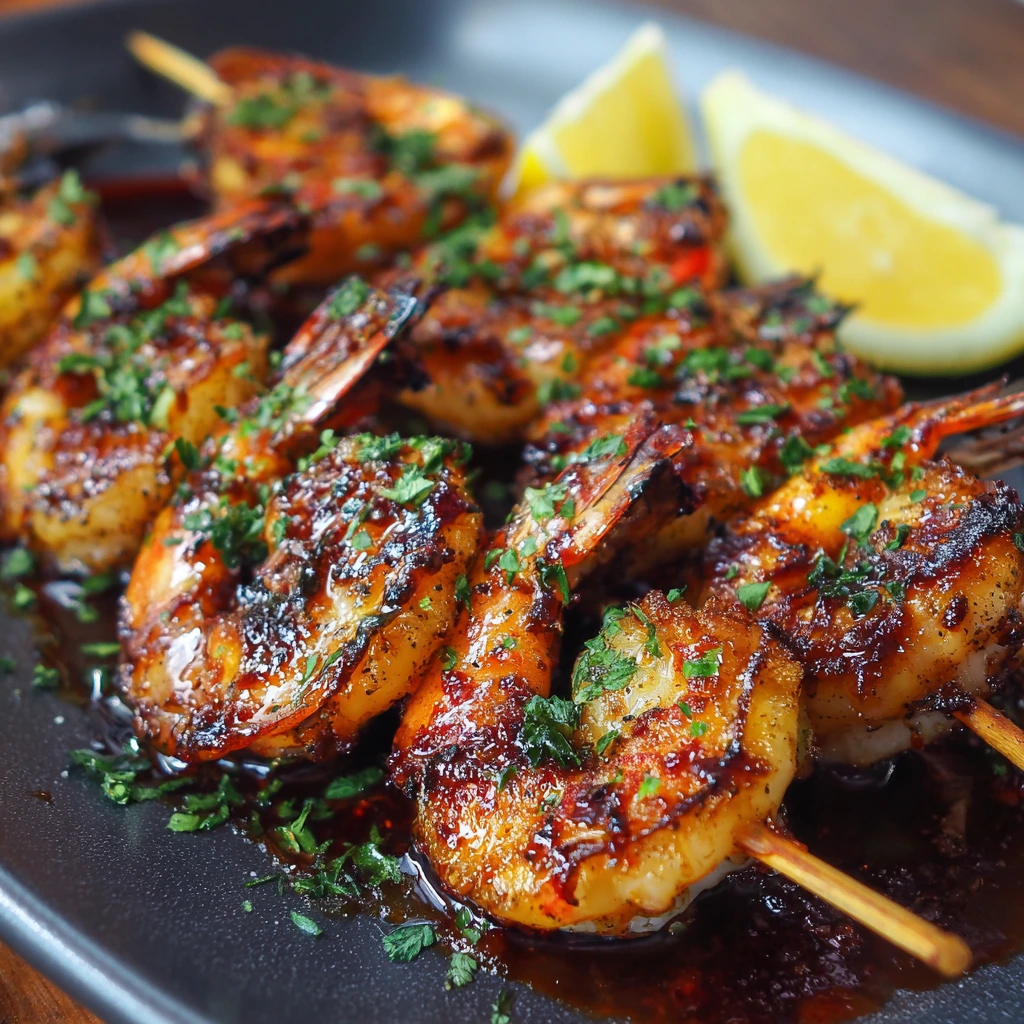When the summer heat rises, nothing satisfies quite like a bowl of Gazpacho (Cold Tomato Soup). Originating from Spain, this chilled tomato-based soup has become a staple for warm-weather meals around the globe. It’s refreshing, light, and bursting with vibrant Mediterranean flavors. Not only is it delicious, but it’s also healthy, versatile, and surprisingly easy to prepare.
In this guide, we’ll dive deep into everything you need to know about Gazpacho (Cold Tomato Soup): its history, authentic ingredients, variations, health benefits, serving ideas, and, of course, a step-by-step recipe. Whether you’re new to gazpacho or a seasoned foodie, this comprehensive article will inspire you to bring this classic dish to your kitchen.
A Brief History of Gazpacho
The origins of Gazpacho (Cold Tomato Soup) trace back to Andalusia, a region in southern Spain. Traditionally, gazpacho was a humble dish made with bread, olive oil, garlic, vinegar, and water—often consumed by farmers to beat the scorching heat. Tomatoes, introduced to Europe from the Americas in the 16th century, later became the star ingredient, giving gazpacho its signature bright red color and tangy taste.
Today, gazpacho is celebrated as one of Spain’s most iconic culinary exports. Variations exist across regions and countries, but the soul of the dish remains: a chilled soup that refreshes and nourishes.
Why You’ll Love Gazpacho (Cold Tomato Soup)
Here’s why this dish deserves a spot in your recipe collection:
-
Healthy & Nutritious: Packed with vitamins A, C, and antioxidants.
-
Fresh & Flavorful: A burst of Mediterranean flavors in every spoonful.
-
Easy to Make: Requires no cooking—just chop, blend, and chill.
-
Perfect for Summer: A cooling dish ideal for hot days and outdoor parties.
-
Versatile: Serve as a starter, light lunch, or even a refreshing drink.
Ingredients for Authentic Gazpacho (Cold Tomato Soup)
To make the classic Andalusian version, you’ll need the following:
-
6 ripe tomatoes (medium to large, peeled if desired)
-
1 cucumber (peeled and seeded)
-
1 red bell pepper (seeded and chopped)
-
1 green bell pepper (optional, for extra flavor)
-
1 small red onion (or white onion, finely chopped)
-
2 cloves garlic (peeled)
-
1/4 cup extra virgin olive oil (high quality)
-
2 tablespoons red wine vinegar
-
2 slices stale bread (soaked in water, then squeezed)
-
1 teaspoon salt (adjust to taste)
-
1/2 teaspoon black pepper
-
1/2 to 1 cup cold water (to adjust consistency)
Garnishes (Optional but Recommended):
-
Diced cucumber
-
Diced red onion
-
Diced green pepper
-
Croutons
-
Fresh basil or parsley
-
Drizzle of olive oil
Kitchen Tools You’ll Need
-
Large cutting board & knife
-
Blender or food processor
-
Mixing bowl
-
Sieve or strainer (if you prefer a smoother texture)
-
Serving bowls or glasses
-
Refrigerator (essential for chilling)
Step-by-Step Recipe for Gazpacho (Cold Tomato Soup)
Step 1: Prepare the Vegetables
Wash all fresh produce thoroughly. Roughly chop the tomatoes, cucumber, peppers, and onion into chunks that will blend easily.
Step 2: Blend the Base
In a blender or food processor, add the tomatoes, cucumber, peppers, onion, garlic, and soaked bread. Blend until smooth.
Step 3: Add Flavor and Oil
Pour in the olive oil, red wine vinegar, salt, and pepper. Blend again until fully incorporated. The olive oil will give the gazpacho a creamy texture without dairy.
Step 4: Adjust Consistency
Add cold water gradually until you reach your desired consistency—some prefer it thick and hearty, others light and drinkable.
Step 5: Strain (Optional)
For a silky smooth gazpacho, strain the mixture through a fine sieve, pressing with a spoon to extract the liquid. Discard any pulp or seeds.
Step 6: Chill Thoroughly
Transfer to a covered bowl or pitcher and refrigerate for at least 2 hours (overnight is best). Chilling allows flavors to deepen and meld together.
Step 7: Serve and Garnish
Ladle into bowls or glasses, then top with your favorite garnishes: diced cucumber, peppers, onion, croutons, or a drizzle of olive oil. Serve cold and enjoy!
Tips for Perfect Gazpacho (Cold Tomato Soup)
-
Use Ripe Tomatoes – The flavor of your gazpacho depends heavily on the quality of tomatoes. The riper and juicier, the better.
-
Chill Well – Gazpacho should be served very cold. Make it ahead of time to allow proper chilling.
-
Balance Flavors – Adjust vinegar, salt, and olive oil to taste. A good gazpacho balances acidity, sweetness, and richness.
-
Texture Matters – Decide whether you want a chunky rustic version or a silky smooth blend. Both are authentic, just different styles.
-
Make It Ahead – Gazpacho tastes even better the next day as the flavors intensify.
Nutritional Value (per serving, approx. 1 cup)
-
Calories: 130
-
Fat: 7 g (healthy fats from olive oil)
-
Carbohydrates: 15 g
-
Fiber: 3 g
-
Sugar: 9 g (natural from vegetables)
-
Protein: 2 g
-
Vitamin C: 70% DV
-
Vitamin A: 35% DV
-
Antioxidants: Lycopene (from tomatoes)
Variations of Gazpacho
-
White Gazpacho (Ajo Blanco): Made with almonds, bread, garlic, olive oil, and grapes—creamy and nutty.
-
Green Gazpacho: Uses green tomatoes, cucumbers, herbs, and sometimes spinach for a vibrant twist.
-
Fruit Gazpacho: Adds watermelon, strawberries, or peaches for a sweet and refreshing version.
-
Spicy Gazpacho: A touch of chili peppers or hot sauce gives the soup a kick.
-
Chunky Gazpacho: Skip straining and serve it rustic with diced vegetables left intact.
Serving Suggestions
-
Pair with crusty bread or garlic toasts.
-
Serve as a starter for summer dinners.
-
Offer in small glasses as an appetizer at parties.
-
Pair with tapas like patatas bravas, tortilla española, or olives.
-
Enjoy alongside a grilled cheese sandwich for a modern twist.
Gazpacho vs. Other Cold Soups
Gazpacho is unique in its raw, fresh vegetable base, but it often gets compared to other cold soups:
-
Vichyssoise: A French soup made with leeks, potatoes, and cream, served chilled.
-
Cucumber Soup: Yogurt-based, light and cooling but creamier than gazpacho.
-
Beet Borscht: Eastern European soup, often served cold with sour cream.
Each has its charm, but Gazpacho (Cold Tomato Soup) stands out for its freshness, simplicity, and Mediterranean flavors.
Health Benefits of Gazpacho
-
Boosts Immunity: High in vitamin C from tomatoes, peppers, and citrus vinegar.
-
Supports Heart Health: Olive oil and vegetables promote cardiovascular wellness.
-
Aids Digestion: Fiber-rich vegetables help gut health.
-
Hydrating: High water content makes it a great summer hydrator.
-
Weight-Friendly: Low-calorie, nutrient-dense, and satisfying.
Strong Conclusion
Gazpacho (Cold Tomato Soup) is more than just a soup—it’s a celebration of fresh vegetables, Spanish culture, and the joys of summertime eating. Whether you enjoy it as a refreshing starter, a light lunch, or a party appetizer, this dish is guaranteed to impress. With its rich history, endless variations, and health benefits, gazpacho is a recipe worth mastering.







